
Photos by the author.
The prank dates back to the mid-1800s. Undoubtedly you have heard of it. Putting a bag over someone’s head, you put them in the middle of nowhere to catch some type of imaginary creature. ‘Sending them on a snipe hunt’ became the title of this running joke. How many people fell for this I am not sure or if the prank even exists in any type of form these days.

It is funny how I could show a photo of an actual snipe to some people only to get the response “I did not know they really existed. I thought they were fake (prank now coming into play).”
Yes indeed, snipe are real. They can be found across North America, including Illinois, but are not commonly seen as they are a migratory species. Also contributing to their seemingly invisible status in the state is the fact that they are lovers of marshes and watery habitats.
Snipe work the grassy shorelines as they probe the muddy banks with their long bills in search of insect larva, worms, snails and even leeches. So, unless you are exploring some type of watery habitat you may never see one. But if you are searching the right places you might be surprised at the numbers of birds you can find.
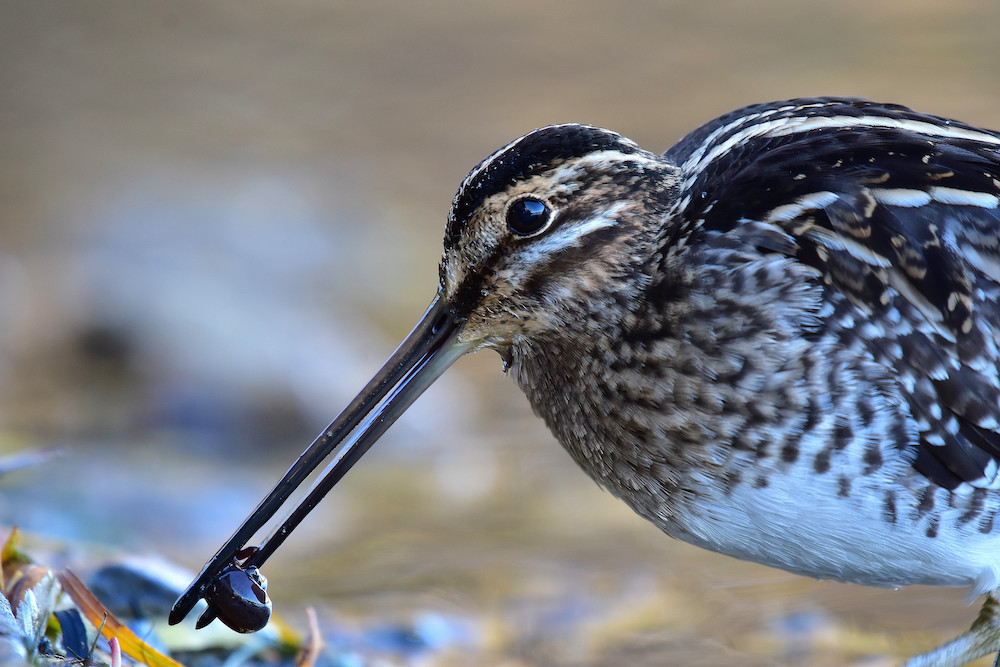
While snipe push through the state in the spring and fall it is the spring where their presence is most often noted. While I photograph snipe during both migration periods it is the spring where I find the greatest numbers. Some locations will hold only a few birds while others, if conditions are favorable, can hold dozens. For instance, I live just a few miles from Double T State Fish and Wildlife Area, located in Fulton County just outside of Canton. In the spring this area will host dozens of migrating snipe. Arriving in Late February and early March, snipe will be present for well over a month with most being gone by late April.
Snipe are classified as a migratory gamebird, thus, their return in the fall (September) makes them a huntable species in Illinois. Hunting dates and bag limits are listed in the Waterfowl Section of the Illinois Digest of Hunting and Trapping Regulations. However, snipe hunting is almost non-existent in Illinois and for that matter much of the United States.

Why you ask? For one, identification may be a challenge for many hunters, and abundance is quite low in the fall during hunting season. There are many species of shorebirds that to the untrained eye may appear similar, but once a hunter can consistently identify snipe, they offer an additional sporting opportunity for fast, erratically flying birds and hunters who don’t mind snipe’s wetland haunts. Snipe hunting can add to the bag during teal hunting season in September or fill the void between teal and duck seasons and give upland hunters a reason to walk the edge of marshy areas while pursuing pheasants or quail. Snipe hunting can also provide a good excuse to get out and scout wetland habitats and provide some work for hunting dogs during early fall.
According to Randy Smith, Wetland Wildlife Program Manager for the Illinois Department of Natural Resources (IDNR), “Unfortunately snipe hunting in Illinois is not popular. Both the U.S. Fish and Wildlife Service (USFWS) and the IDNR harvest estimate for the 2019 season was zero.” There is certainly no crowding among Illinois snipe hunters!

Hunter information is collected from the Harvest Information Program and Parts Collection Surveys. Based on the USFWS harvest information, the national survey suggested that 23,400 people hunted snipe in 2018. That number dropped to 21,300 in 2019. Harvest numbers showed 83,600 birds taken in 2018, however, despite fewer hunters, harvest went up to 92,700 in 2019. The most popular states for hunting snipe were North Carolina, Florida and Michigan.
In Illinois, fall hunting conditions are typically comfortable so slip on a pair of good rubber boots and walk the watery shorelines. Snipe will be a pleasant addition to your wing shooting capabilities, no bag over the head required.
Kevin Wright is an award winning outdoor writer and wildlife photographer whose work has been published in a number of publications and websites throughout the country. He lives and works out of central Illinois.






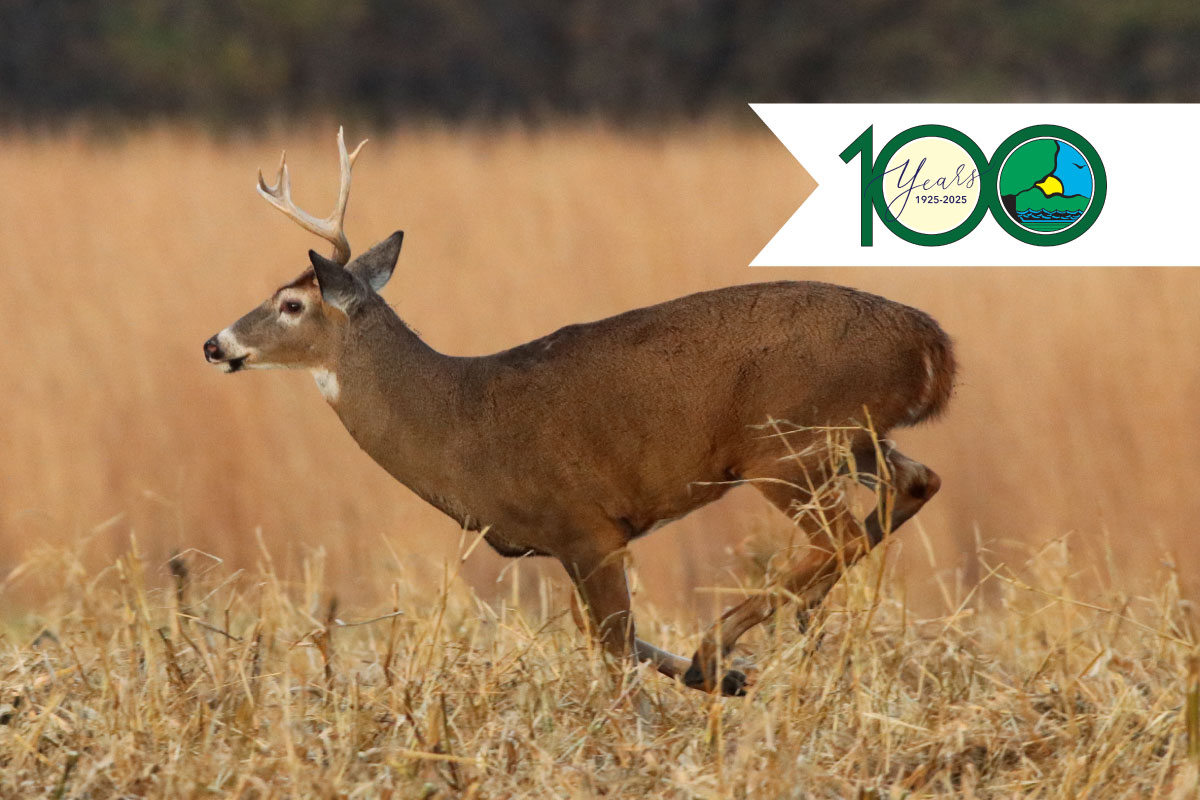

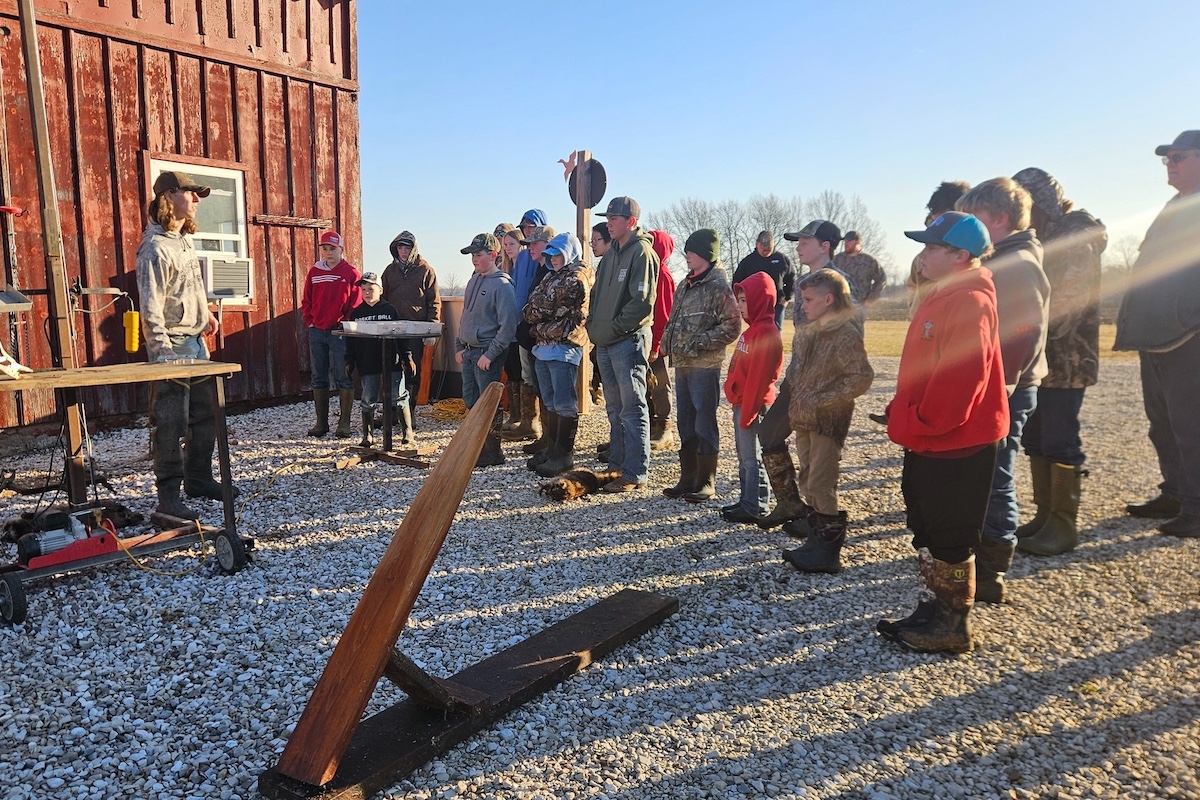
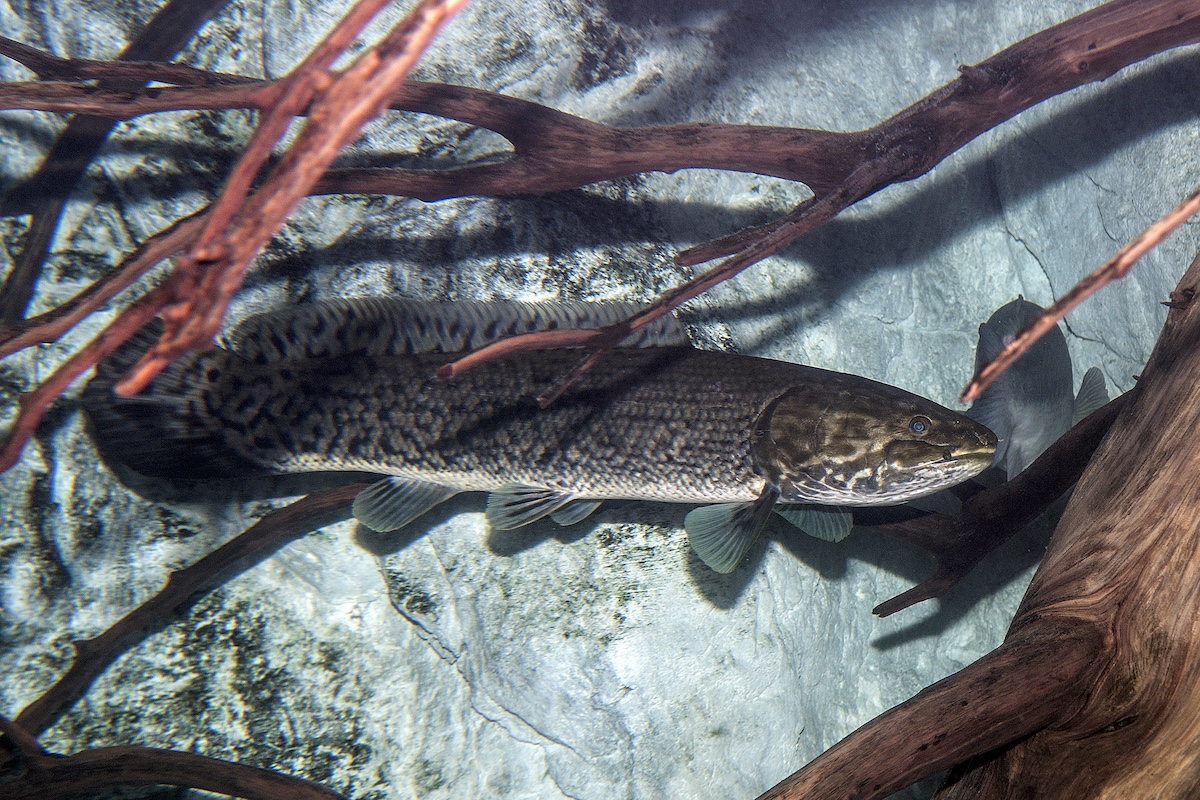

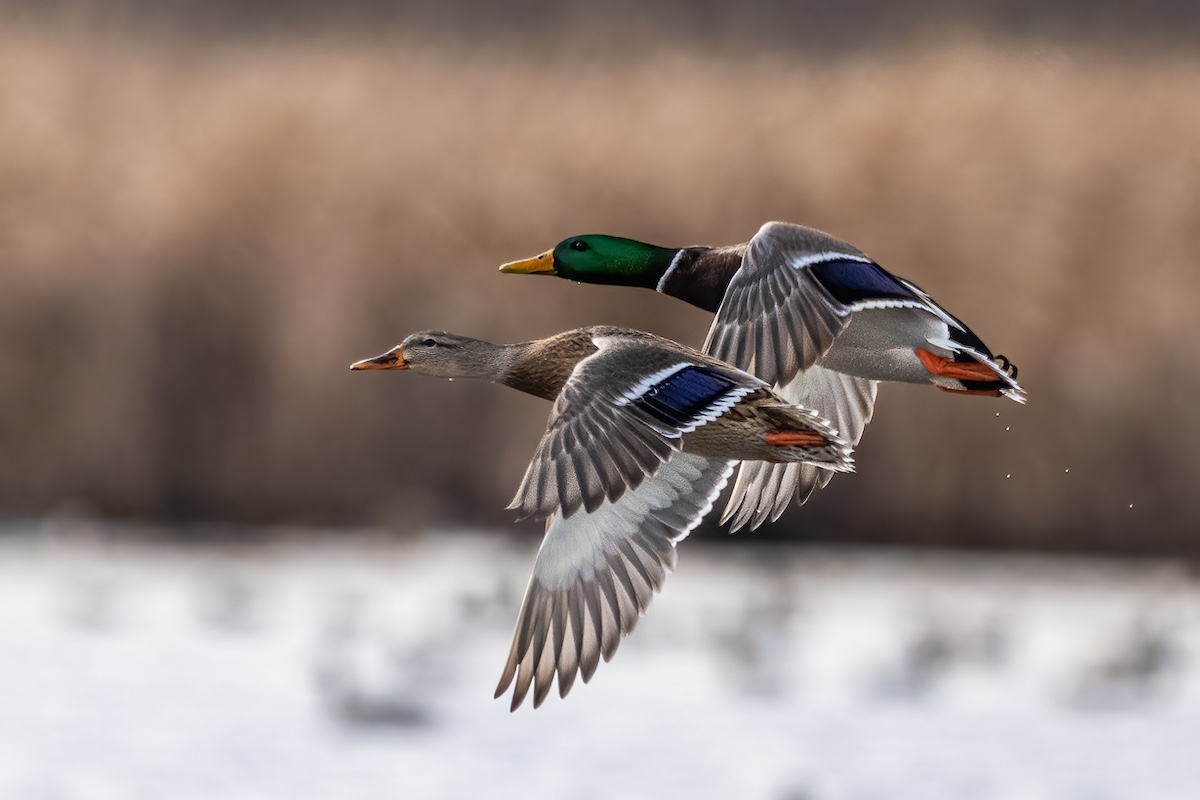
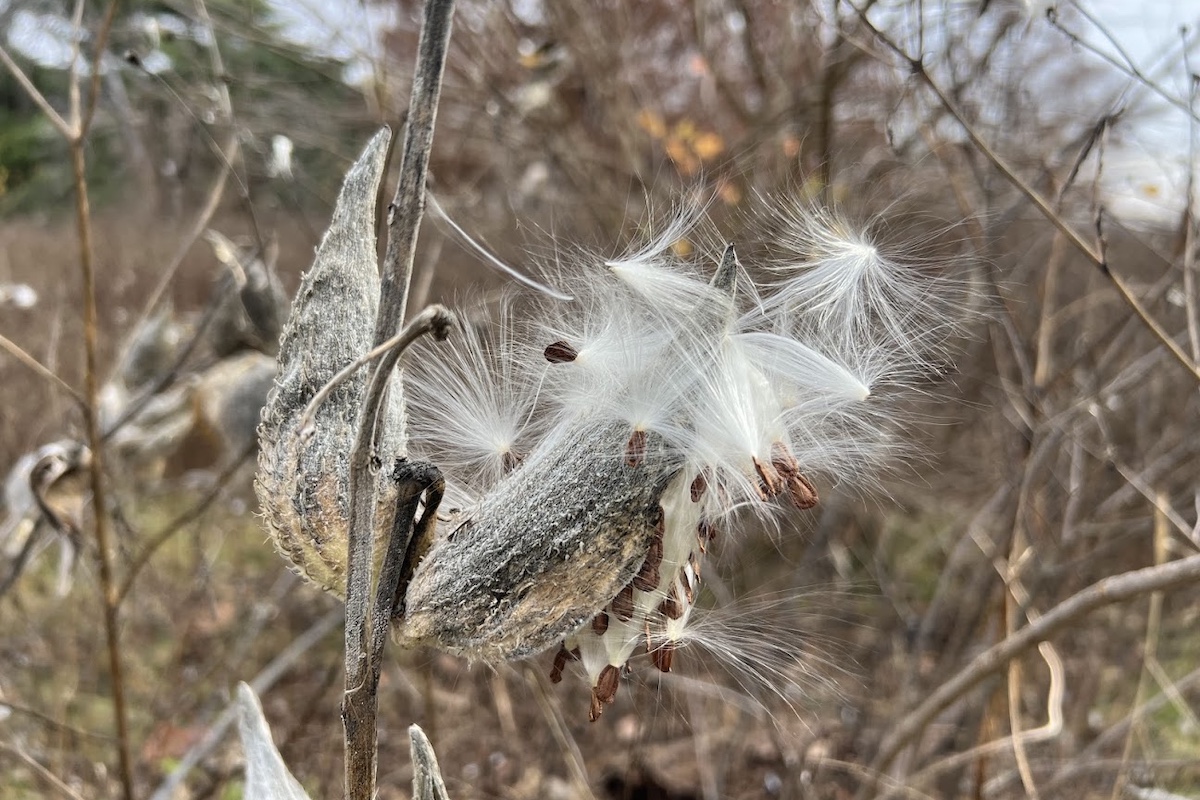
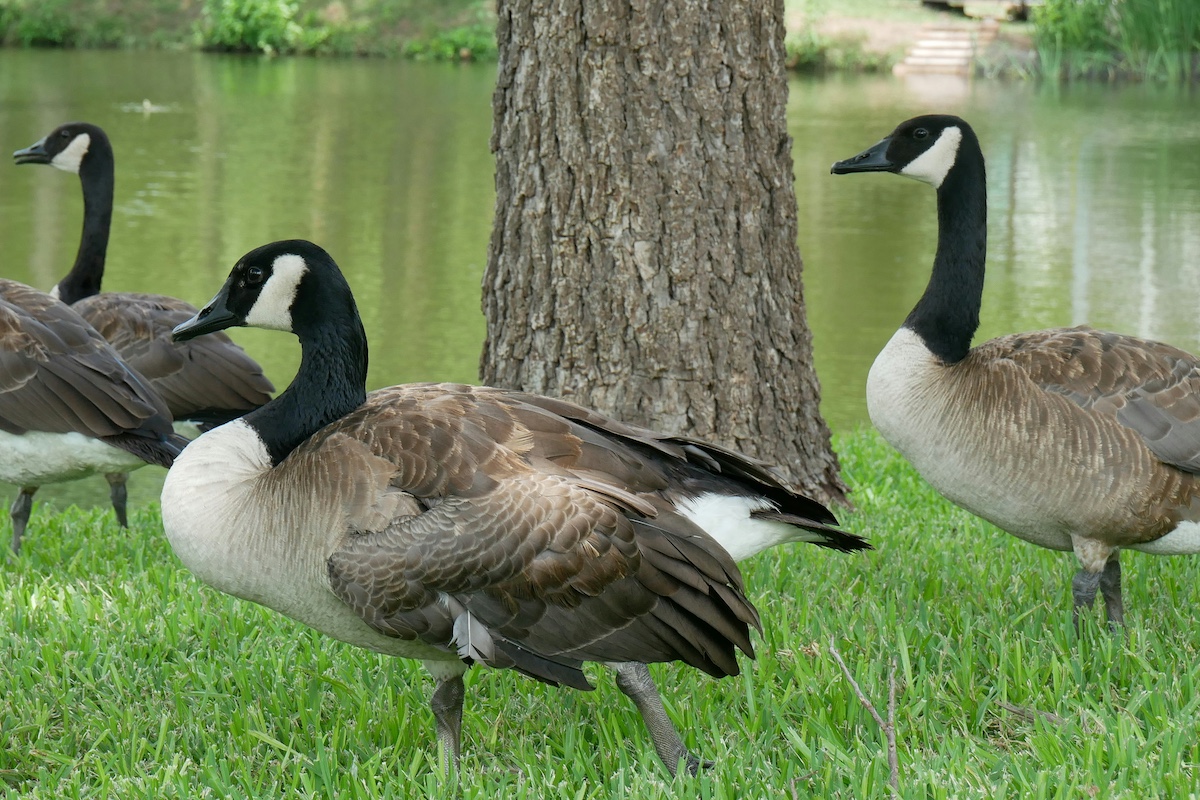
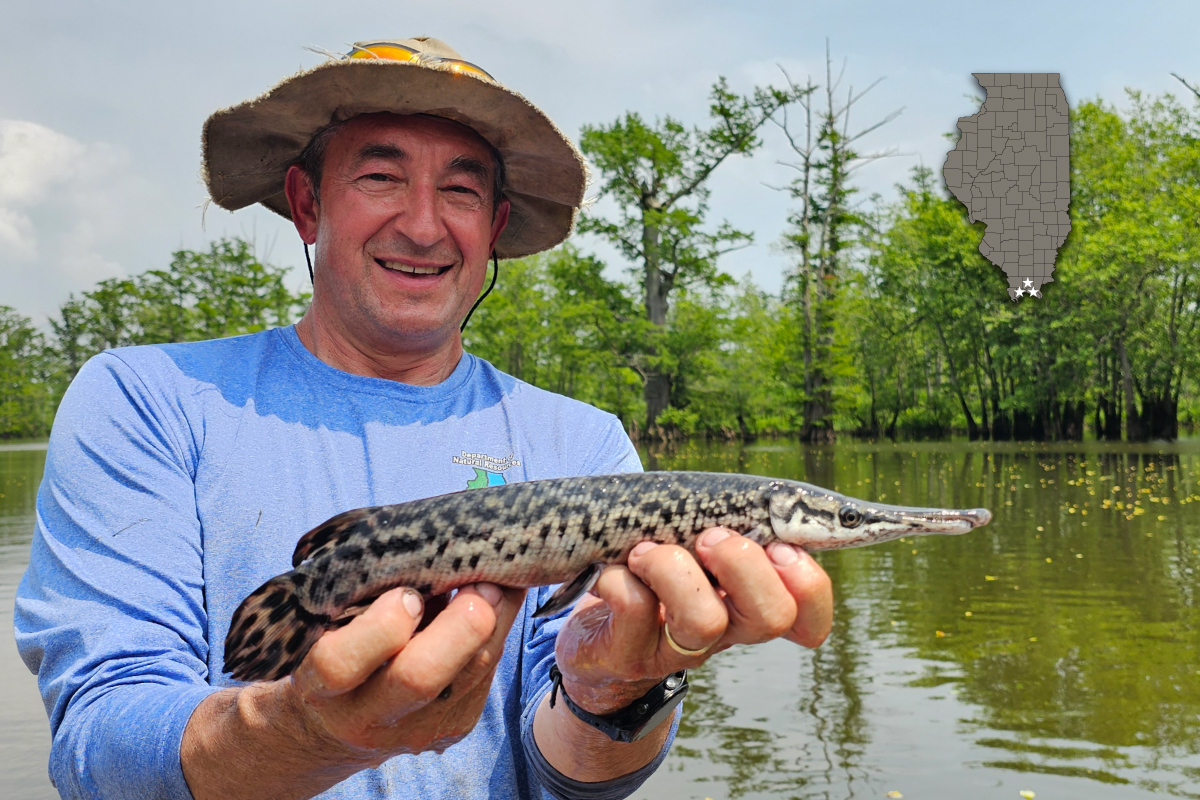
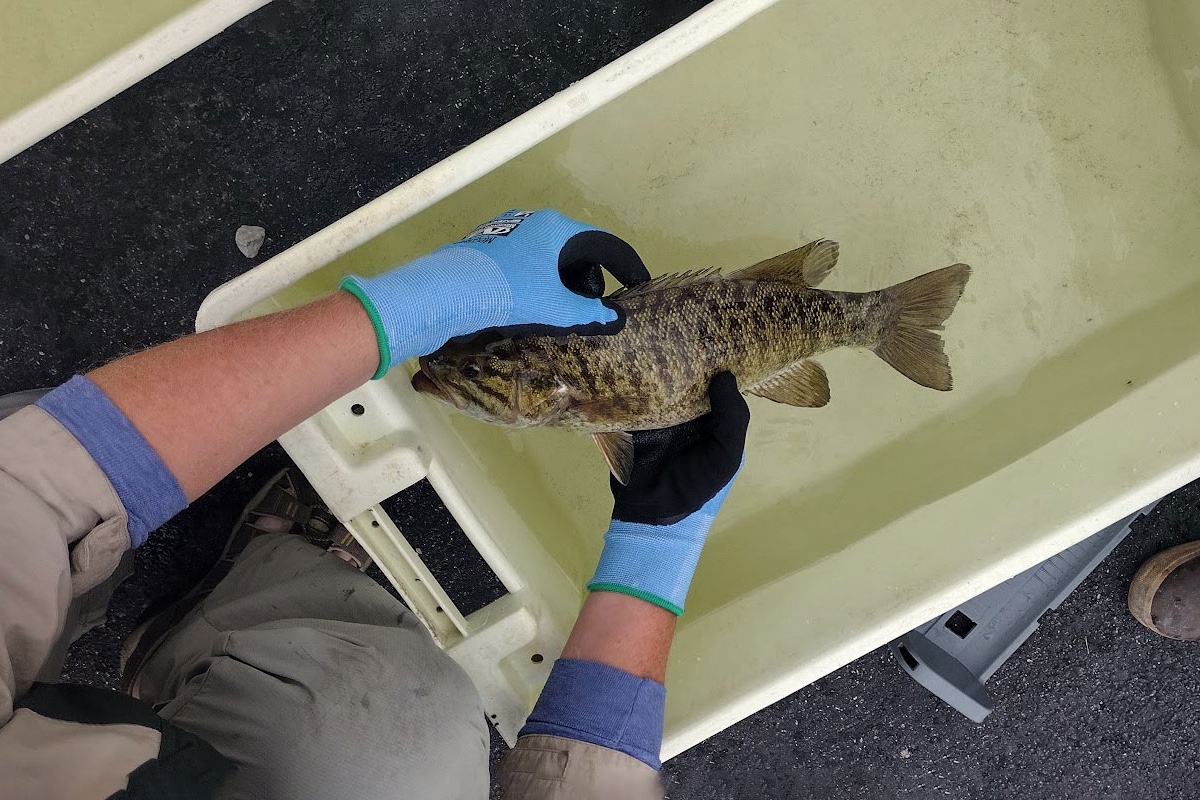
Submit a question for the author